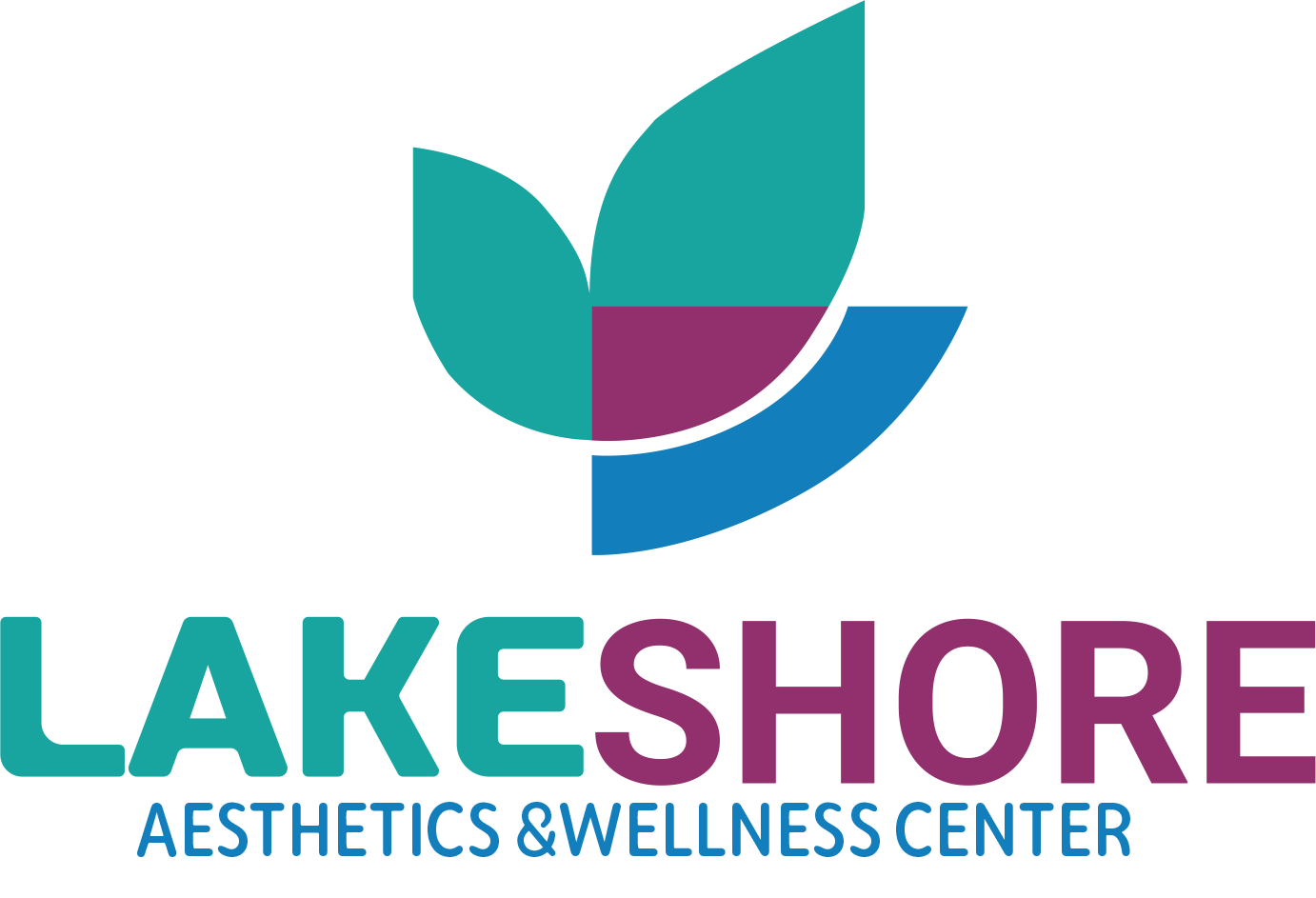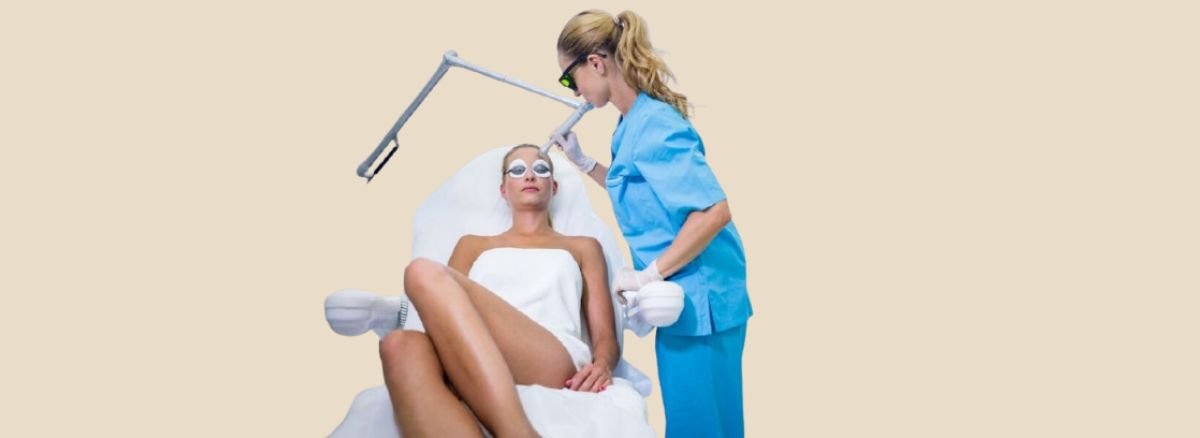- December 24, 2024
- Admin
Chemical peeling and laser treatment both provide solutions for many skin conditions, but you have to choose one depending on your skin’s goals. If you have fine lines, sun damage, or acne, you may get confused between both. This guide is made to help you choose the best one for your skin.
Chemical Peel: What It Does?
Chemical peeling is a cosmetic procedure that helps improve the appearance of skin by removing the top layers of the skin with a chemical solution. This process promotes the natural process of regrowth and rejuvenation.
Chemical peels are best for issues like wrinkles, scarring and uneven skin tone. These peels can be mild, medium or deep in intensity, the more intense the peeling, the longer the recovery time. Your dermatologist will help recommend the best one given your skin’s condition.
Laser Treatment: What It Does?
Laser treatment involves using a concentrated beam of light to cut, burn or destroy tissue. Although laser treatment also targets the outer layer of the skin and encourages regrowth and rejuvenation, it uses lasers instead of chemicals.
If you are concerned about deep wrinkles, scars, sun damage and other deep-rooted issues, you will get better results with laser treatment. From fine lines, wrinkles and sagging skin to chicken pox scars, liver spots and uneven skin tone, laser treatment can deal with all these issues.
Laser healing promotes new collagen production which not only deals with skin issues but also tightens the skin. Ask a specialist who can guide you to more information.
Chemical Peel Or Laser Treatment: Which One Is Better For Fine Lines?
Both chemical peels and laser treatment can be effective for fine lines treatment but laser treatments are generally considered more accurate. Here is more accurate information and comparison:
Chemical Peels
- Chemical peels can treat fine lines and wrinkles but the results require maintenance treatments every four to six weeks.
- Chemical peels are best to deal with mild to moderate fine lines.
- If you choose light to medium peels then they can improve fine lines, even out skin tone and reduce irregularities in skin texture.
- The recovery time can be shorter than deep laser treatments.
Laser Treatments
- Laser treatment can target fine lines and wrinkles more accurately and results can last up to five years.
- Laser treatment can address acne scars, deep scars, pigmentation issues, blemishes and sagging skin.
- Laser treatment penetrates deeper layers of the skin stimulates collagen production and promotes skin tightening.
- Laser treatments are best suitable for dealing with deeper fine lines and wrinkles but the treatment can be more invasive.
Chemical Peels Or Laser Treatment: How To Know Which One Is Better For You?
Both treatments are better in their place but your skin type, desired results and other factors made the decision better. Understand which one you should choose:
Skin Type
Your skin condition or type plays an important role in deciding the best treatment for you. Chemical peels are best for most skin types but can lead to hyperpigmentation in people with darker skin tones, especially if you opt for deeper peels. On the other hand, laser treatments can work on various skin types and conditions, though some lasers can be risky for darker skin due to some pigmentation changes. Seeking professional advice will help.
Desired Goals
Your expectations will help you choose the right treatment option. Chemical peels improve skin texture, tone and appearance by exfoliating the surface layers and helping with mid wrinkles and uneven skin tone. However, chemical peels cannot deeply affect the underlying layers of skin. Laser treatments are helpful and effective in stimulating collagen production and addressing deeper skin concerns. Sagging skin, scars and significant wrinkles can be targeted with the help of laser treatments. For long-term and noticeable improvements laser treatments are suitable to provide more dramatic results.
Recovery Time
Chemical peels are known to have quicker recovery than laser treatments especially if mild peels are your choice. Redness and dryness are the side effects for a few days in chemical peels and the downtime is usually minimal. In the case of laser treatments, you may experience more recovery time, especially with aggressive lasers. Redness, swelling or scabbing can be experienced after the treatment and recovery depends on the intensity of the treatment.
Professional Advice
Asking a specialist is always a better option to move ahead with. Ask your dermatologist which treatment can be suitable, safer and effective for your skin. A professional will examine your skin condition, type and specific concerns and then recommend the best possible skin peeling treatment for you.
People who want a treatment with quick recovery can go for chemical peels but if a deeper solution is what you need laser treatments are here for you.


